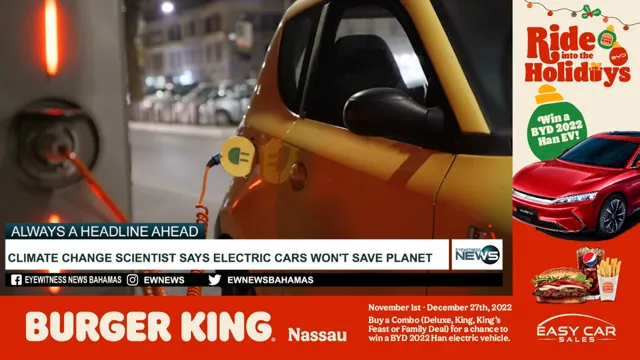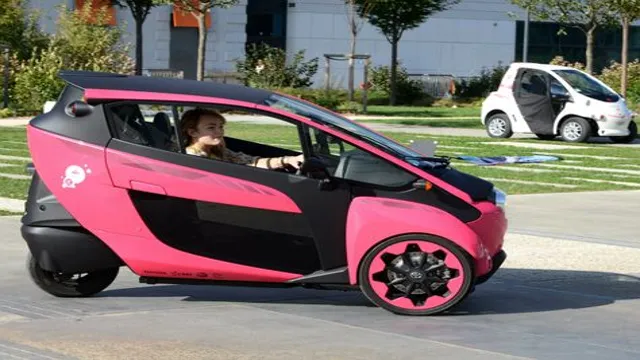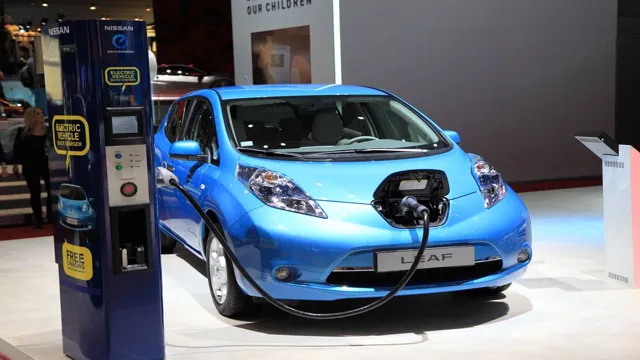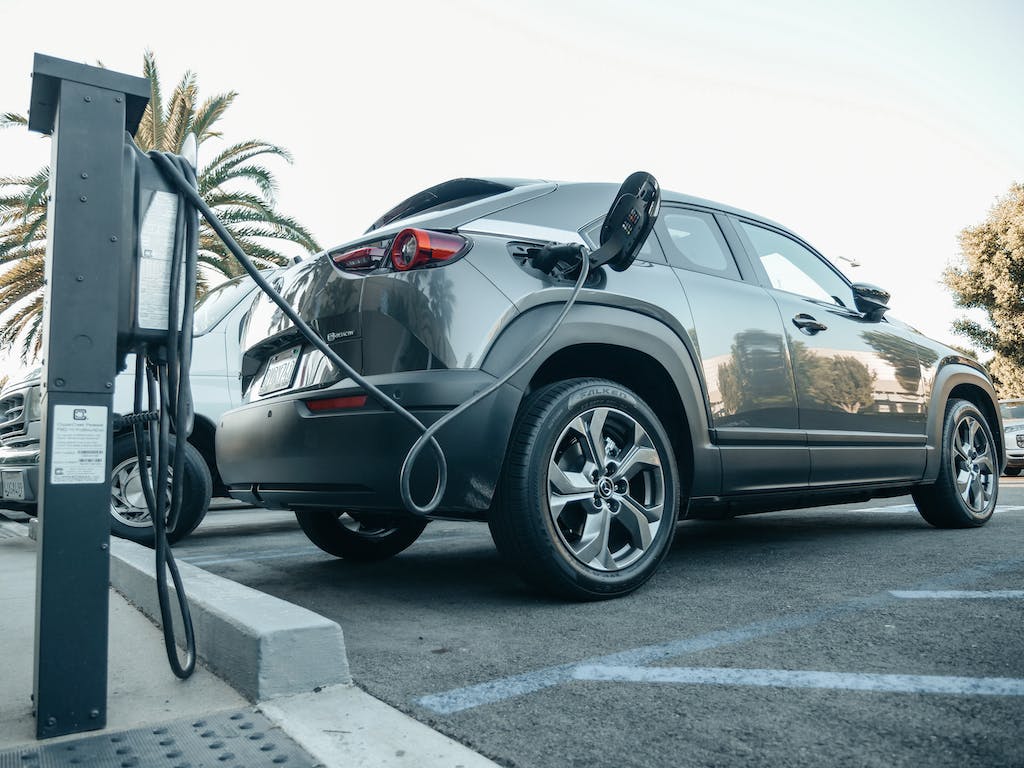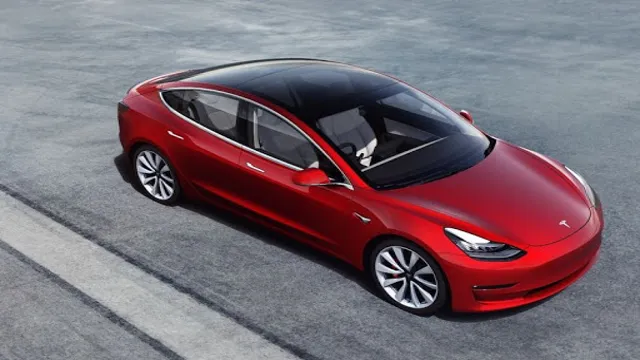Debunking the Myth: Why Electric Cars Won’t Save the Planet
Electric cars have been touted as the solution to combating climate change and reducing our dependency on fossil fuels. But can they really save the planet? While it’s easy to assume that electric cars are the ultimate savior, the reality may be more complex than that. While they certainly have benefits, electric cars are not a silver bullet solution to environmental challenges.
Before we hail electric vehicles as the holy grail of sustainability, we need to consider other factors that contribute to emissions and environmental damage. This blog will explore the limitations of electric cars in terms of their environmental impact and assess their feasibility as a long-term solution to climate change. So, are electric cars a viable solution for saving the planet? Let’s find out.
Environmental Impact of Electric Cars
While electric cars may seem the perfect solution to our planet’s environmental problems, the reality is that they won’t save the planet on their own. While electric cars don’t produce emissions directly like regular vehicles, the production process requires significant resources that have a negative impact on the environment. The manufacturing process is also quite complex, requiring the use of rare earth metals, which can be challenging to locate and extract.
Additionally, the batteries in electric cars generate a significant amount of heat and require cooling to function optimally, and this cooling process often involves using environmentally harmful refrigerants. Although electric cars are a step in the right direction, it takes more than just removing gasoline engines to achieve environmental sustainability. We must embrace the use of renewable energy sources such as wind or solar and reduce consumption levels overall for our planet to thrive.
Lifecycle Analysis of Electric Cars
Electric Cars Electric cars have gained popularity in recent years due to their potential to reduce carbon emissions and make transportation more environmentally friendly. However, it is important to understand the complete environmental impact of electric cars, including their entire lifecycle. The production, use, and disposal of electric cars all have an impact on the environment.
The production process involves the extraction and processing of raw materials, which can cause environmental disturbances and the emission of greenhouse gases. However, the use of electric cars can significantly reduce carbon emissions and air pollution. The disposal process also poses challenges as electric car batteries contain toxic materials that must be properly managed.
Overall, the environmental impact of electric cars depends on multiple factors and must be evaluated throughout its lifecycle to understand its true impact.
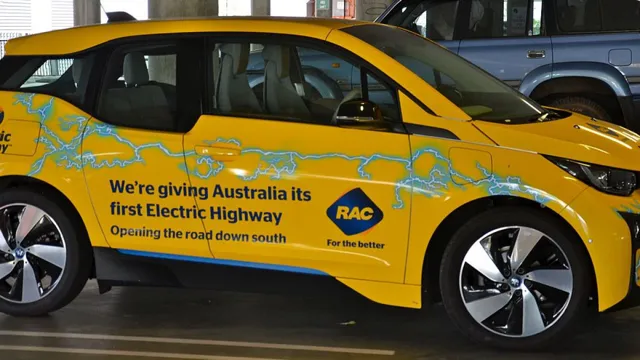
Emissions from Manufacturing Electric Cars
Electric cars have been touted as the solution to reducing carbon emissions and improving air quality. However, the manufacturing process of electric cars also poses its environmental challenges. The production of electric car components, including batteries, requires significant amounts of energy and resources, resulting in carbon emissions.
However, it is important to note that the overall emissions from electric cars are still significantly lower than those emitted by internal combustion engines over their lifetime. Therefore, while electric cars may have a higher initial environmental impact, their long-term benefits to the environment are undeniable. The industry is also taking steps to reduce emissions during the production process by investing in renewable energy and eco-friendly manufacturing practices.
In the end, the environmental impact of electric cars should not deter us from transitioning to cleaner and more sustainable transportation options.
Reality of Energy Production
While electric cars may seem like a solution to the environmental crisis, it’s important to understand the reality of energy production. The electricity needed to power these cars usually comes from fossil fuels, which contribute to climate change and other environmental problems. Even if we transition to renewable energy sources, the process of producing batteries for electric cars has its own environmental consequences.
In addition, most electric cars still require other resources, such as metals and plastics, that can be harmful to the environment when extracted and processed. It’s important to acknowledge that electric cars won’t save the planet on their own. Rather, we need to focus on reducing our overall energy consumption and transitioning to sustainable energy sources.
Electricity Sources for Charging Cars
When it comes to charging electric cars, the source of electricity used is a matter of concern. Many people wonder if the electricity they use for charging comes from renewable or non-renewable sources. The reality is that the majority of our energy production still relies heavily on non-renewable sources like coal and natural gas.
However, the good news is that the proportion of renewable sources is increasing every year. As we shift towards renewable sources like solar and wind power to produce our electricity, we can expect the electricity used for charging electric cars to become greener. It’s important to note that even if the electricity you use for charging comes from non-renewable sources, electric cars are still more environmentally friendly than gas-fueled cars because they produce fewer emissions overall.
So, the next time you charge your electric car, know that you are still making a positive impact on the environment, and as our energy sources continue to evolve, that impact will only get better.
Role of Coal and Natural Gas in Electricity Generation
When it comes to electricity generation, coal and natural gas have long played a major role. While there have been advancements in renewable energy sources, these traditional fuels are still a crucial part of the energy mix. Coal is known for its ability to produce large amounts of energy, but it’s also one of the dirtiest sources of power.
On the other hand, natural gas is cleaner burning and emits fewer pollutants. But despite its lower emissions, natural gas is not without its environmental concerns, such as the potential for methane leaks during extraction. Ultimately, the reality is that until renewable technology can provide a consistent and reliable source of energy, coal and natural gas will remain a necessary part of the energy equation.
However, as we continue to move towards a cleaner energy future, it’s important to balance the benefits and drawbacks of each fuel source and work towards reducing our reliance on fossil fuels.
Renewable Energy Limitations
Renewable Energy Limitations As we pursue a more sustainable future, renewable energy sources like solar, wind, and hydropower are becoming increasingly important. However, it’s important to understand the reality of renewable energy production and the limitations it faces. While renewable energy sources are endlessly replenished, they are also subject to fluctuations in weather patterns and seasonal changes.
For example, solar energy production relies on sunny days, and wind energy production relies on consistent wind patterns. This means that renewable energy sources are not always consistent and can have an intermittent supply. Additionally, the infrastructure needed to store excess energy during peak production times can be costly and unsustainable.
Despite these limitations, renewable energy sources have enormous potential and can play a crucial role in reducing our carbon footprint. By diversifying our sources of energy and investing in new and innovative technology, we can work towards a more sustainable future.
Alternative Solutions for Climate Change
Electric cars won’t save the planet. While they are certainly a step in the right direction, they are not a silver bullet for solving climate change. Alternative solutions are needed to complement the benefits of electric vehicles.
For example, public transportation systems, biking and walking, and even telecommuting can all reduce carbon emissions. Additionally, renewable energy sources such as solar and wind power can greatly reduce our reliance on fossil fuels. It’s important to remember that addressing climate change requires a comprehensive approach, not just relying on one solution.
By combining multiple strategies, we can work towards a more sustainable future. Therefore, while electric cars might not be able to solve all of our environmental challenges, they can certainly play a role in helping us move towards a greener world.
Reducing Consumption and Lifestyle Changes
Reducing consumption and implementing lifestyle changes are alternative solutions that can have a significant impact on climate change. Every product we consume has a carbon footprint that contributes to global warming. By reducing our consumption, we can reduce greenhouse gas emissions.
One way to achieve this is by buying fewer products and choosing more eco-friendly versions of the products we need. Additionally, lifestyle changes such as eating less meat, carpooling or using public transportation instead of driving, and reducing energy consumption at home can significantly reduce our carbon footprint. By small but consistent efforts, we can lessen the overall carbon footprint we create.
Consumption patterns are a significant contributor to climate change, and making conscious choices can bring about necessary changes and support the planet’s health. Let’s take responsibility and make small changes that can add up to larger positive outcomes.
Investment in Public Transit and Infrastructure
Investing in public transit and infrastructure is a smart alternative solution for climate change. By providing more eco-friendly means of transportation, we can reduce the number of people using cars and decrease carbon emissions. Building bike lanes, pedestrian walkways, and electric-powered public transportation will encourage people to leave their cars at home and opt for greener ways of getting around.
Moreover, investing in public transit and infrastructure will also create jobs and stimulate the economy. We can build more sustainable cities by investing in smart transportation systems that are resistant to extreme weather conditions and natural disasters. This is a long-term solution that will benefit not only our environment but also our economy and quality of life.
Therefore, it is time for us to prioritize public transit and infrastructure as a crucial investment in the fight against climate change.
Conclusion: Collaborative Efforts to Combat Climate Change
In conclusion, while electric cars may provide a temporary solution to reduce carbon emissions and air pollution, they cannot be solely relied upon to save the planet. The production and disposal of their batteries still harm the environment, and the widespread use of electric cars will require immense amounts of energy that may come from fossil fuel sources. Ultimately, to truly save the planet, we must shift towards more sustainable and holistic solutions, such as investing in public transportation, promoting renewable energy, and adopting a more conscious and eco-friendly lifestyle.
As much as we may want a quick fix, the planet’s health is a long-term investment that requires much more than just a change in transportation.
FAQs
Why won’t electric cars save the planet?
While electric cars may produce fewer emissions than traditional gas-powered vehicles, they require the use of electricity, which is often generated through the burning of fossil fuels. Additionally, the production of electric car batteries has its own environmental impact.
Are there any alternatives to electric cars for reducing emissions?
Yes, there are many alternatives to electric cars for reducing emissions, such as using public transportation, carpooling, biking, or walking. Additionally, choosing to purchase a hybrid or fuel-efficient vehicle can also help reduce emissions.
Are electric cars still worth buying if they won’t save the planet?
Yes, electric cars can still be a worthwhile investment for individual consumers, as they offer benefits such as lower fuel costs and reduced local pollution. However, it is important to be aware that they are not a comprehensive solution to the environmental problems posed by transportation.
What else can be done to reduce the environmental impact of transportation?
In addition to using alternative transportation modes and purchasing fuel-efficient vehicles, investments and policies that encourage the development of sustainable energy sources and public transportation infrastructure can also make a significant impact. Furthermore, reducing overall transportation demand through urban planning and telecommuting initiatives can help address the issue.

